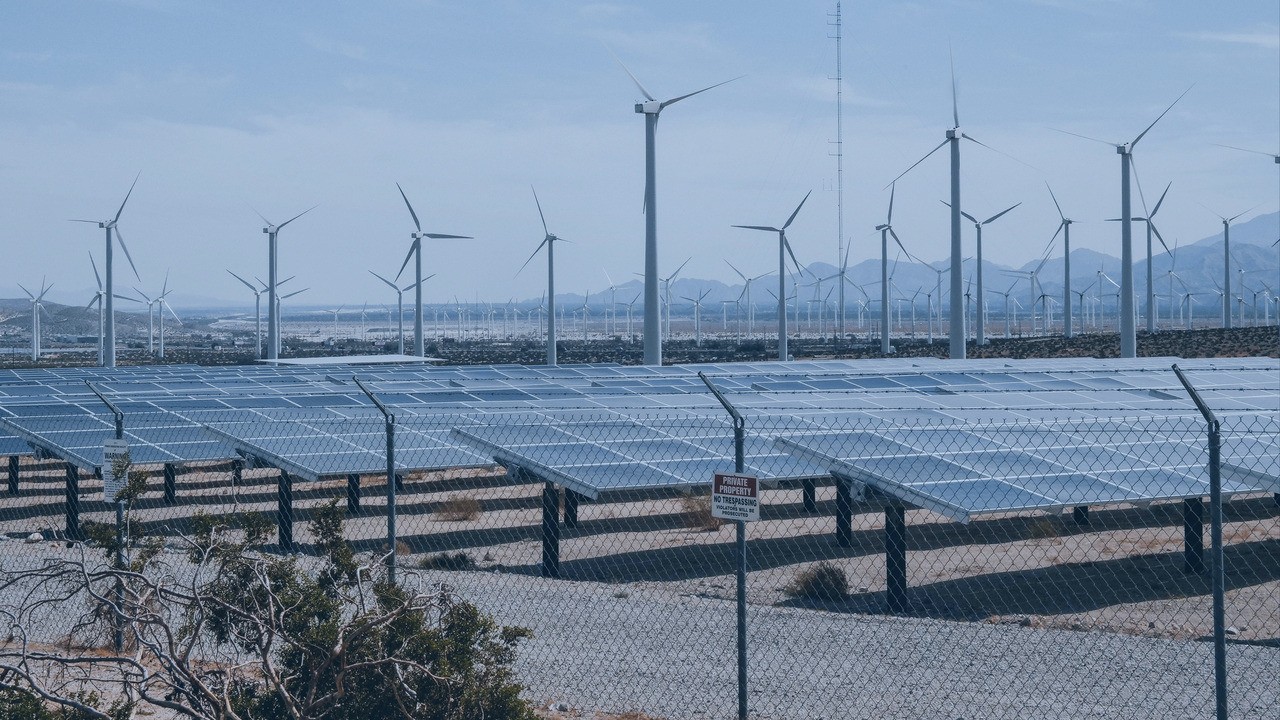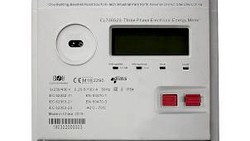The future of energy generation and distribution is inextricably linked to the development of virtual power plants (VPPs). VPPs are an innovative solution that brings together multiple decentralized energy sources, such as solar, wind, and other renewable energy sources, into a single virtual entity. This virtual entity is capable of generating, storing, and distributing electricity more efficiently and cost-effectively than traditional power plants, making it an ideal solution for driving the energy transition away from fossil fuels.
How are virtual power plants different from conventional power plants?
The main difference between virtual power plants and conventional power plants is that virtual power plants are more agile, efficient and cost-effective. Virtual power plants can quickly respond to changes in demand and market conditions, which allows utilities to operate at optimal levels with less waste and lower operational costs. Additionally, VPPs have the ability to quickly add and subtract generating resources to match current energy demands, making them more energy efficient than traditional power plants. Moreover, virtual power plants are easier to manage as they can be automated with the help of AI-analytics.

History and Evolution
Virtual power plants are a relatively recent development, but their roots go back to the early 2000s when energy companies recognized the need for more efficient means of energy generation and transmission. With the first rollouts of smart-meters and their data acquisition capabilities, it was now possible to limit the load or disconnect certain appliances to shave the peak-load and overcome outages without ramping up another conventional power plant.
In many countries, it's unacceptable to disconnect the power supply to the end customer, but certain appliances would cause no harm. Around year 2010, CLOU already joined a project to disconnect the air-conditioner compressors in governmental buildings temporary during peak loads. The disconnection time was limited to max. 30 s, so the end users won't feel it, since the fans keep running. This concept is a very basic example. Still, you can find it for e.g. car charging stations. Here, the utility can control together with charging services providers the individual charging current based on power availability.
The actual concept of virtual power plants is taking shape as technologies such as artificial intelligence and the internet of things becoming more advanced.
What is the actual Status?
Nowadays, a Virtual Power Plant (VPP) is a network of distributed energy resources that are remotely connected and operated as one entity. The technology utilizes advanced analytics, communication and control to aggregate, monitor, and balance the energy supply and demand of the interconnected assets. The VPP's role is to ensure a stable energy flow and system reliability while minimizing cost and emissions.
VPPs are usually composed of both renewable and non-renewable sources of energy, such as solar, wind, natural gas, or storage. These sources are connected through an array of sensors, meters, and communication technologies to a cloud-based platform that connects the distributed energy resources and provides real-time data.
Once the data from all the connected sources is received by the cloud platform, the VPP's algorithm begins its work. This algorithm is responsible for predicting how much energy will be needed in each hour of the day based on historical data as well as other factors such as weather conditions. Then, it begins to optimize the energy supply from the connected resources to match the predicted demand. For prediction, artificial intelligence (AI) is strongly coming up.
In order to do this efficiently, the VPP must be able to communicate with the grid operators. This communication allows for two-way interaction: the grid operators can tell the VPP what is needed to keep the grid running smoothly, and the VPP can inform the grid operators of any changes in the energy supply due to weather or other disruptions.
By leveraging advanced technologies, VPPs are able to create a more flexible and efficient energy system. They allow for better integration of renewable energies while also helping reduce emissions and minimize cost. With their help, we can start to make significant strides towards our energy transition goals.
The challenges of virtual power plants
Virtual Power Plants (VPPs) are an exciting technological development for energy transition, but they come with their own set of challenges. One of the most complex challenges is integrating VPPs into existing energy infrastructure. VPPs are designed to replace traditional centralized power generation models, meaning that there must be a significant shift in how energy is generated and distributed. This requires substantial changes to existing energy infrastructure and poses a challenge for utilities and grid operators to adapt to the new technology.
Another challenge that VPPs face is making sure the technology remains secure and reliable. Since VPPs rely on a network of decentralized energy resources, they are vulnerable to cybersecurity threats or outages. To ensure that VPPs remain secure, robust data collection and analysis methods must be in place. Additionally, VPPs need to be able to respond quickly and efficiently to changes in energy demand or supply. This can be difficult to do when relying on a large, distributed network of energy resources.
Finally, VPPs must have access to reliable sources of renewable energy in order to be successful. This can be difficult, as renewable energy sources tend to be more geographically dispersed than traditional fossil fuel sources. VPPs must be able to source energy from both local and regional sources in order to maintain a reliable supply.
While these challenges are significant, they are not insurmountable. With the right planning, implementation, and maintenance, VPPs can overcome these obstacles and provide a viable solution for energy transition.
Takeaway
A Virtual Power Plant (VPP) is a network of distributed energy resources that are remotely connected and operated as one entity. The VPP's role is to ensure a stable energy flow and system reliability while minimizing cost and emissions. A VPP doesn't generate power. Its advantages are coming from the smart distribution.
Our decentralized solutions on energy storage level bear already all elements inside to act as local VPP and for integration into larger scale systems. For further information, please contact us.
Editor's note: This article was originally published in February 2023 and has been updated for comprehensiveness.





All comments are moderated before being published. Inappropriate or off-topic comments may not be approved.